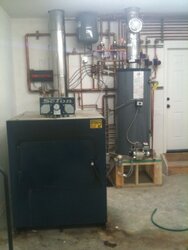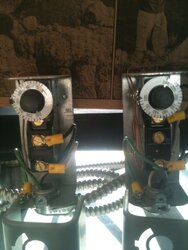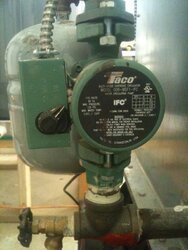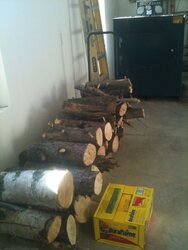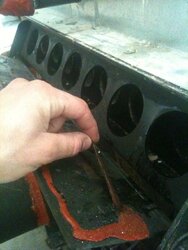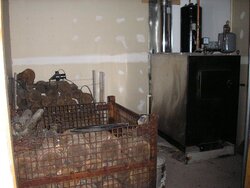Here's the situation, hopefully the combined genius of this forum can help me get this system setup the way it needs to be. We built a new house with full unfinished basement and 3 car garage. Total Heated sf is about 6200. I initially contacted Fred Seton and emailed him my house plans. He recommended the 130 with a 50 gal Bock as a backup. The plumber Hooked everything up as instructed but when we wam up the stove and get a good fire going, the pressure relief valve blows and dumps a few gallons of nasty water in my garage. I'm being told I need to install a T behind the manifold with a RIB (relay in a box) to turn on a Taco pump which will in turn circulate the water through a ceiling mounted unit heater with a blower fan to bring the water temp down and lower the pressure when it gets too high.
Does this sound right? What do I need to do to utilize the seton year round for my domestic hot water and heat? Winter temps here hover around -20/+15 and summers usually 40-65. I have an 80gal boilermate and 50 gal Bock, do I need more hot water storage than that?
Thanks in advance for the help !
Does this sound right? What do I need to do to utilize the seton year round for my domestic hot water and heat? Winter temps here hover around -20/+15 and summers usually 40-65. I have an 80gal boilermate and 50 gal Bock, do I need more hot water storage than that?
Thanks in advance for the help !


